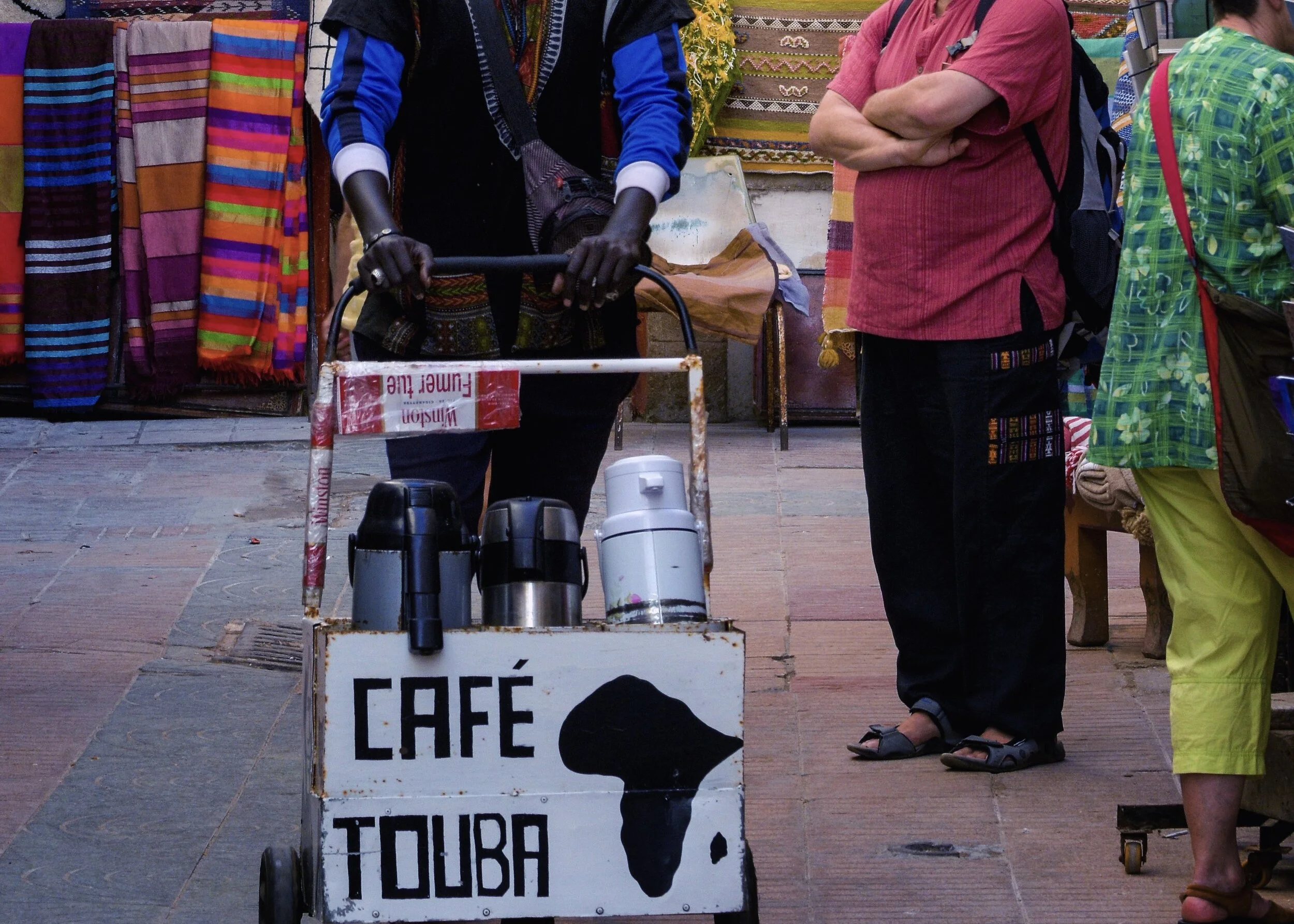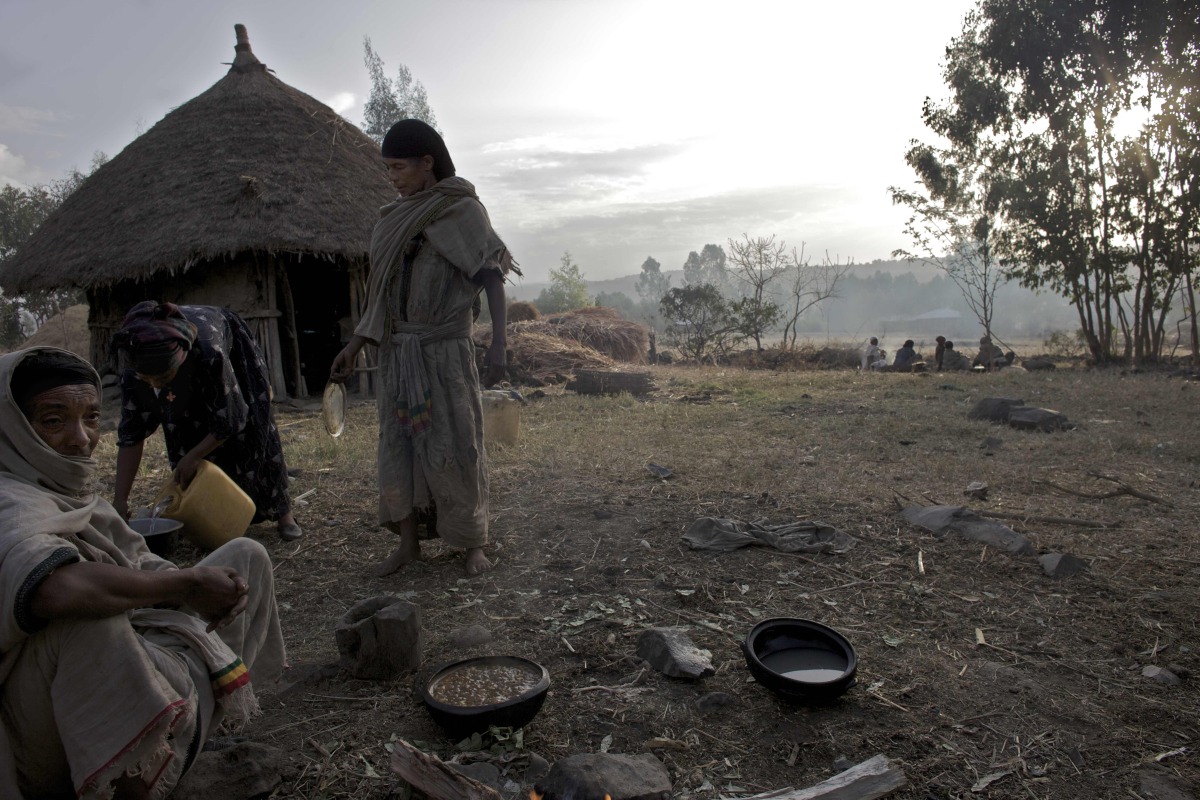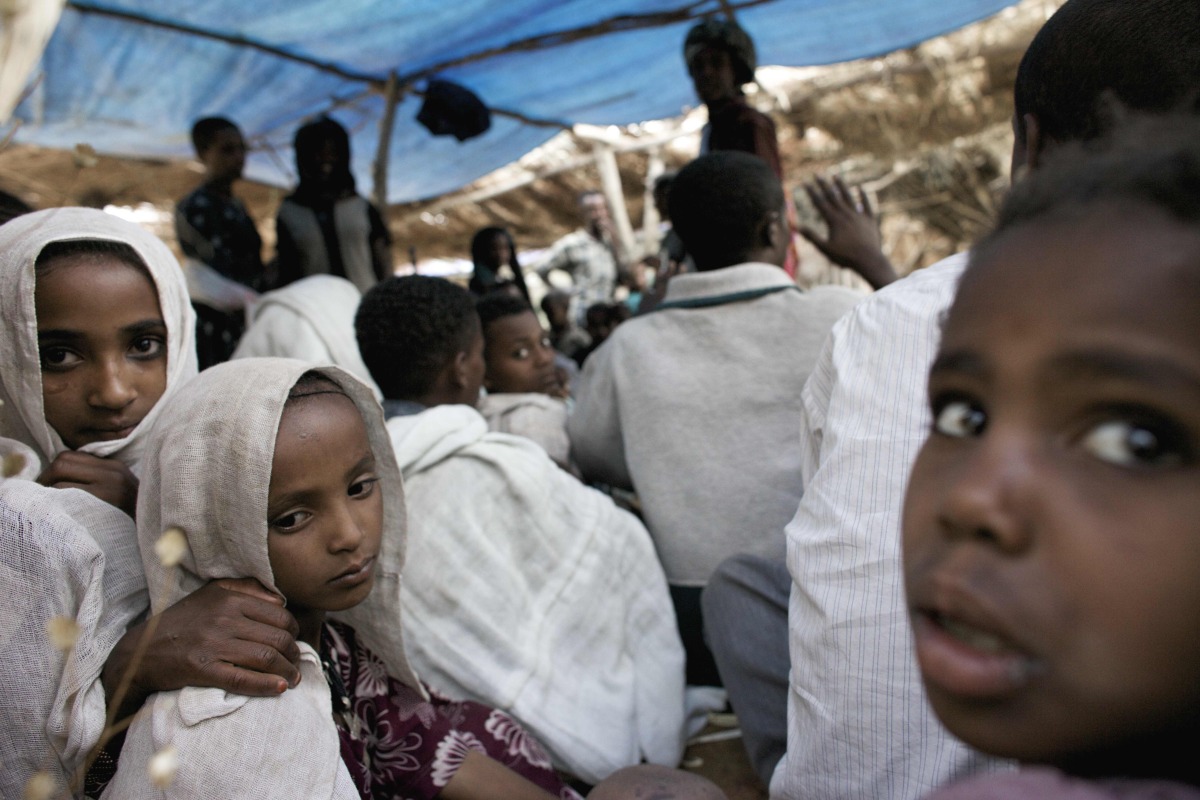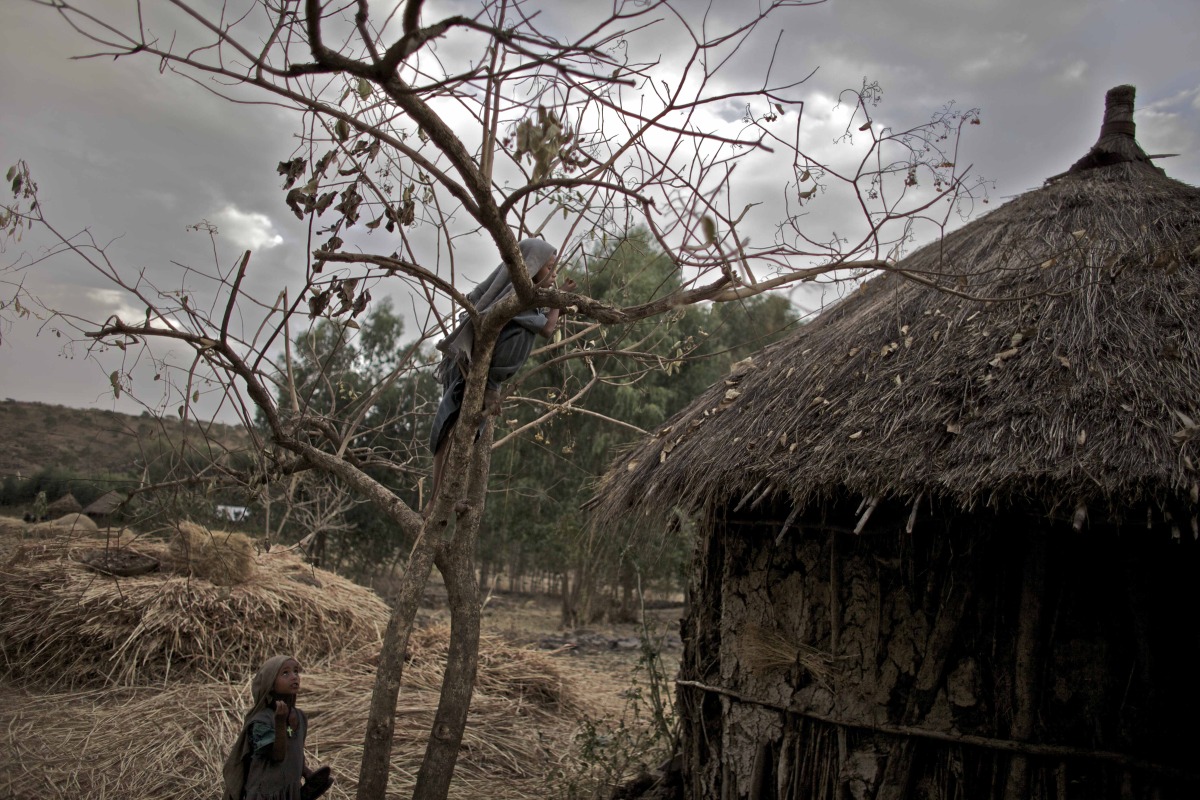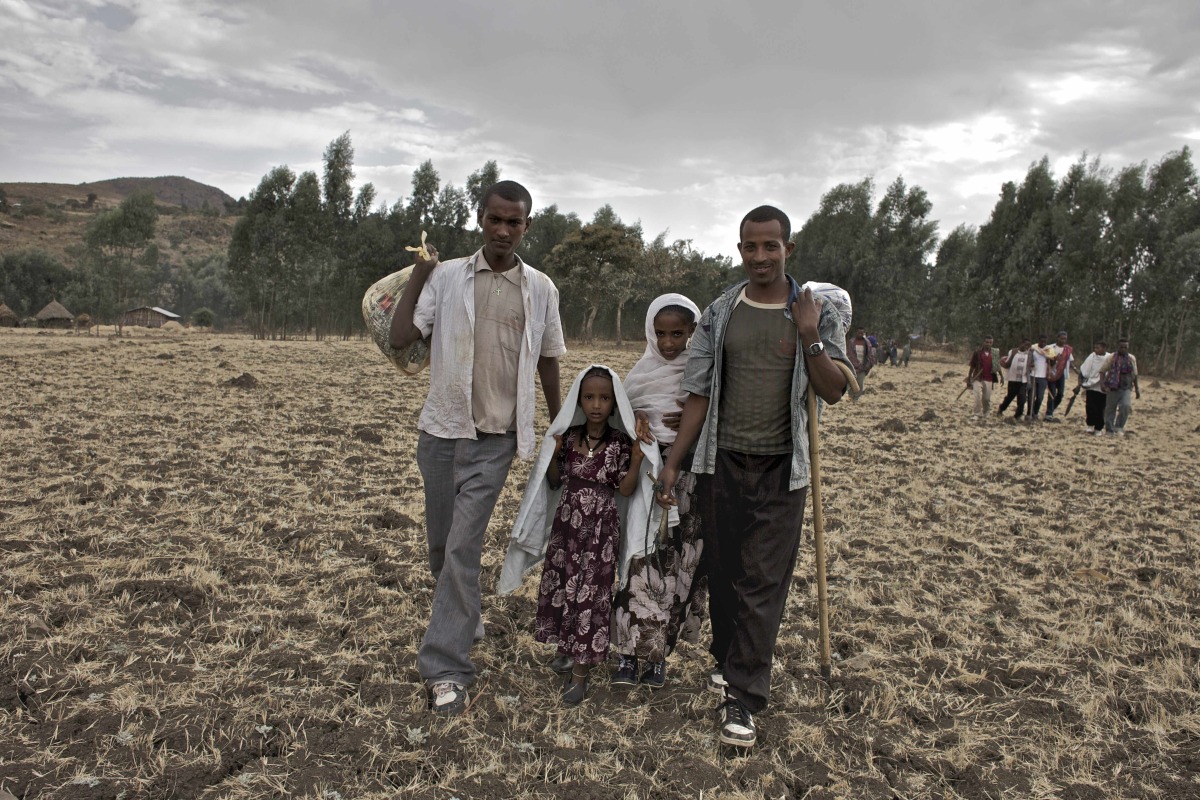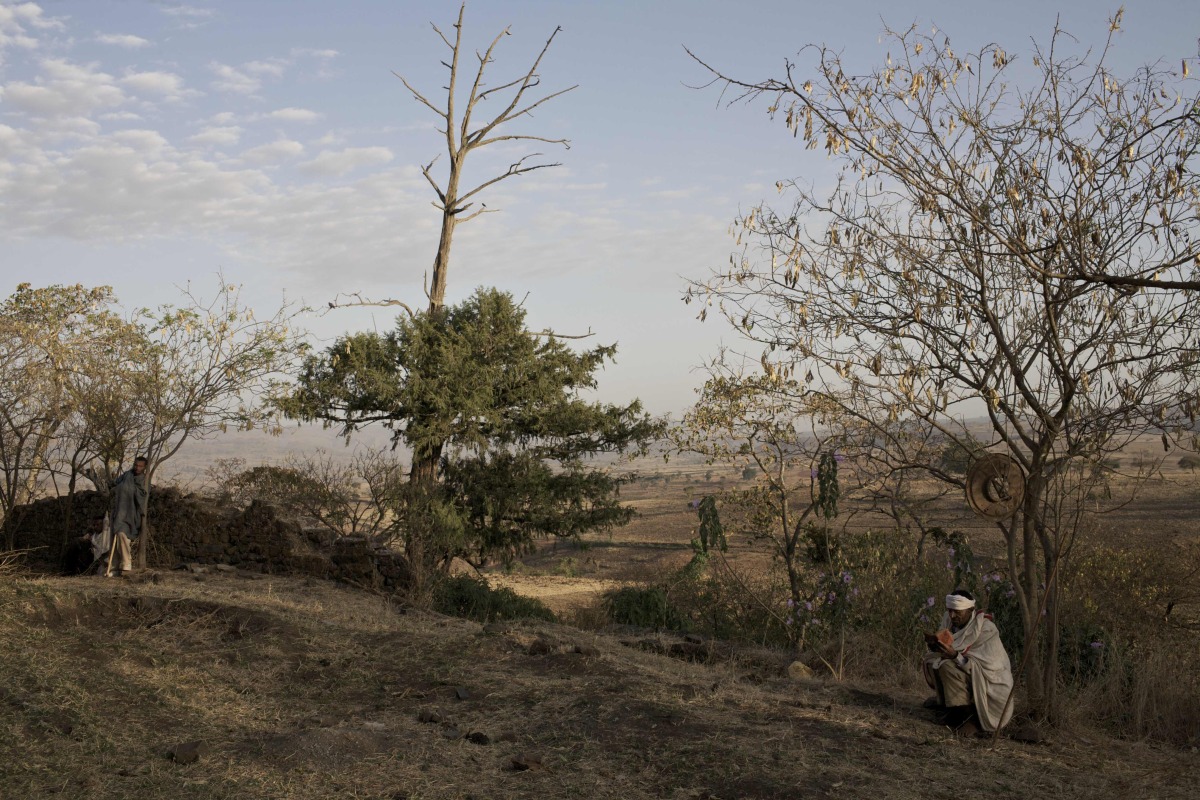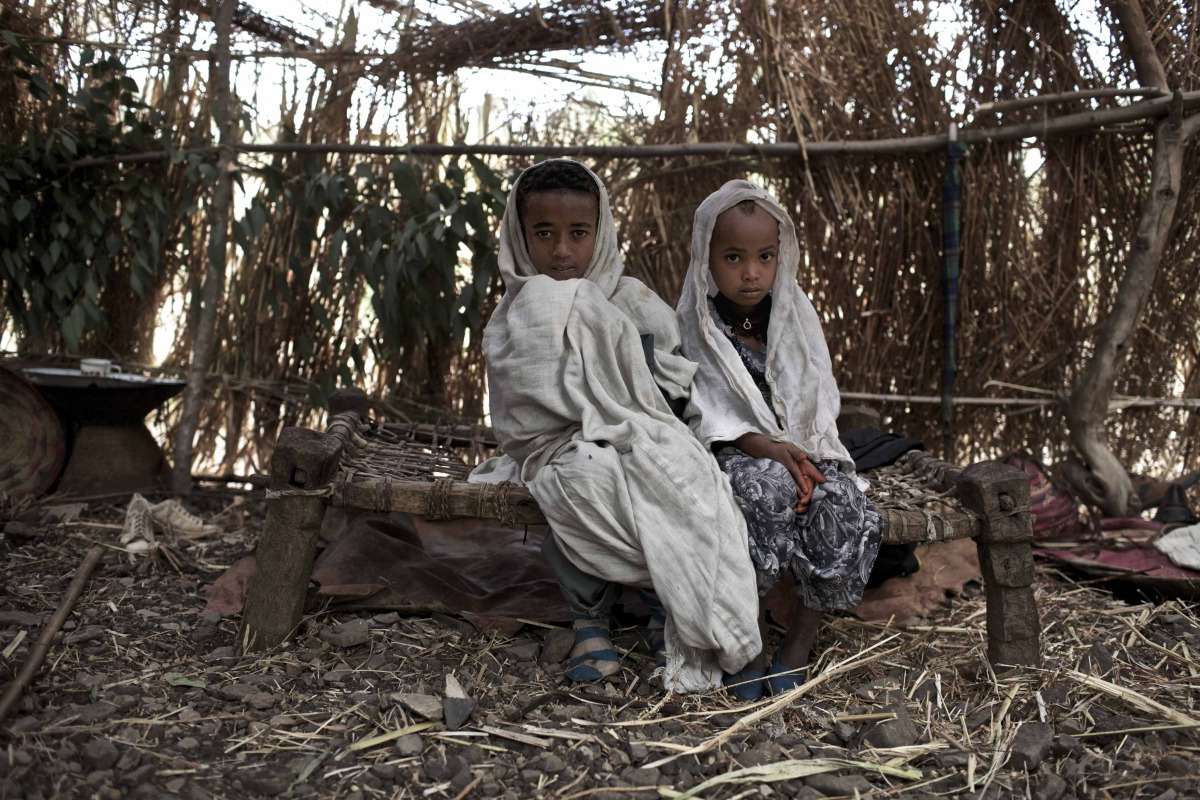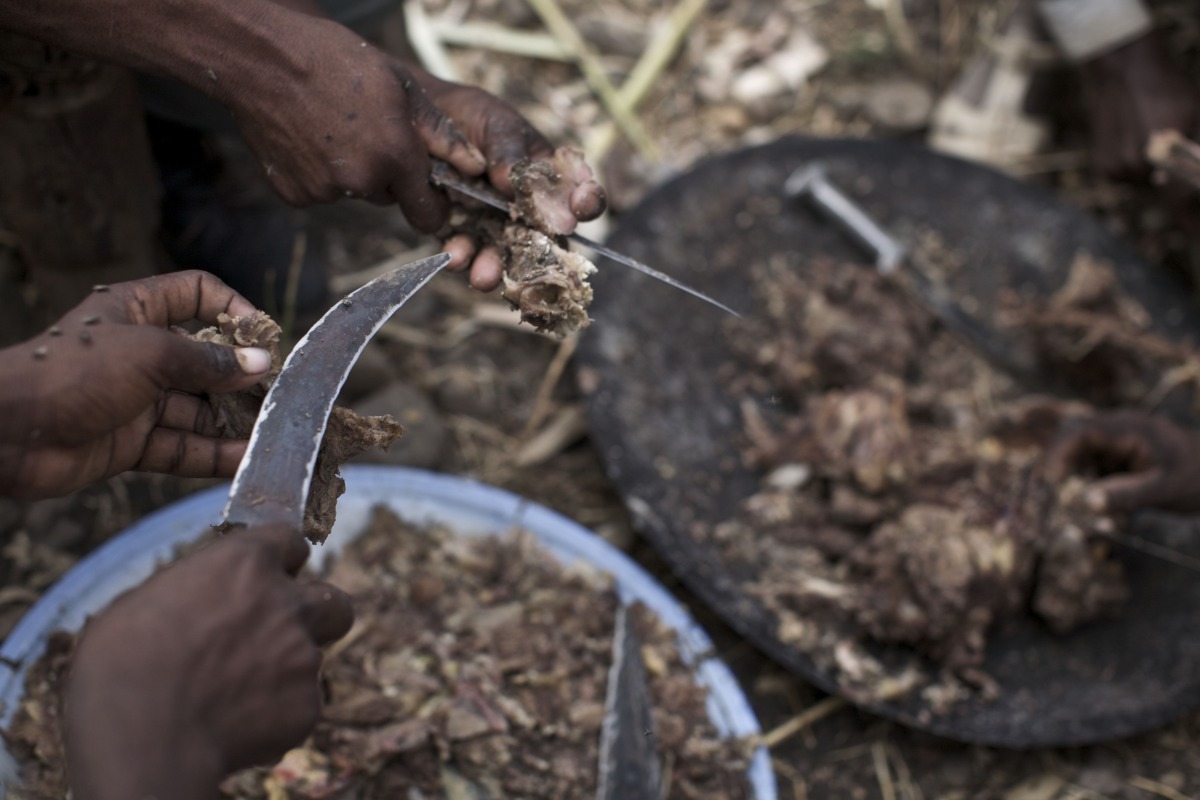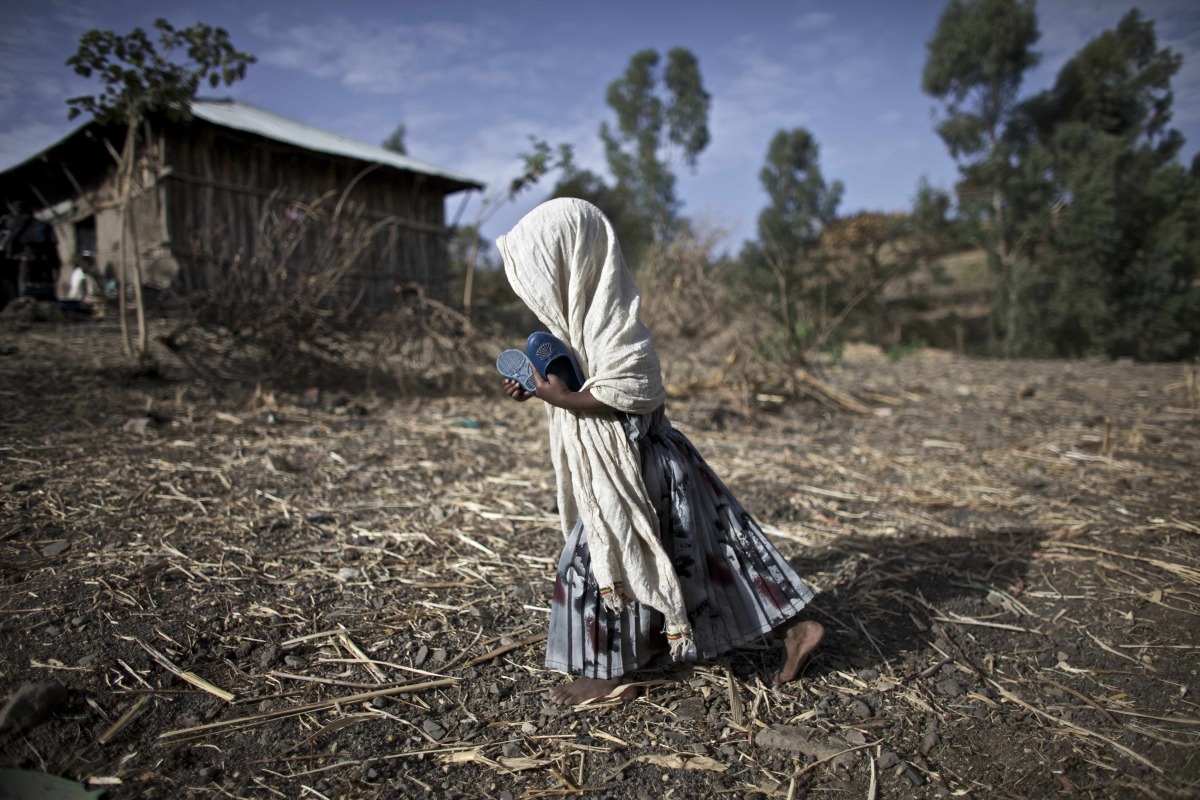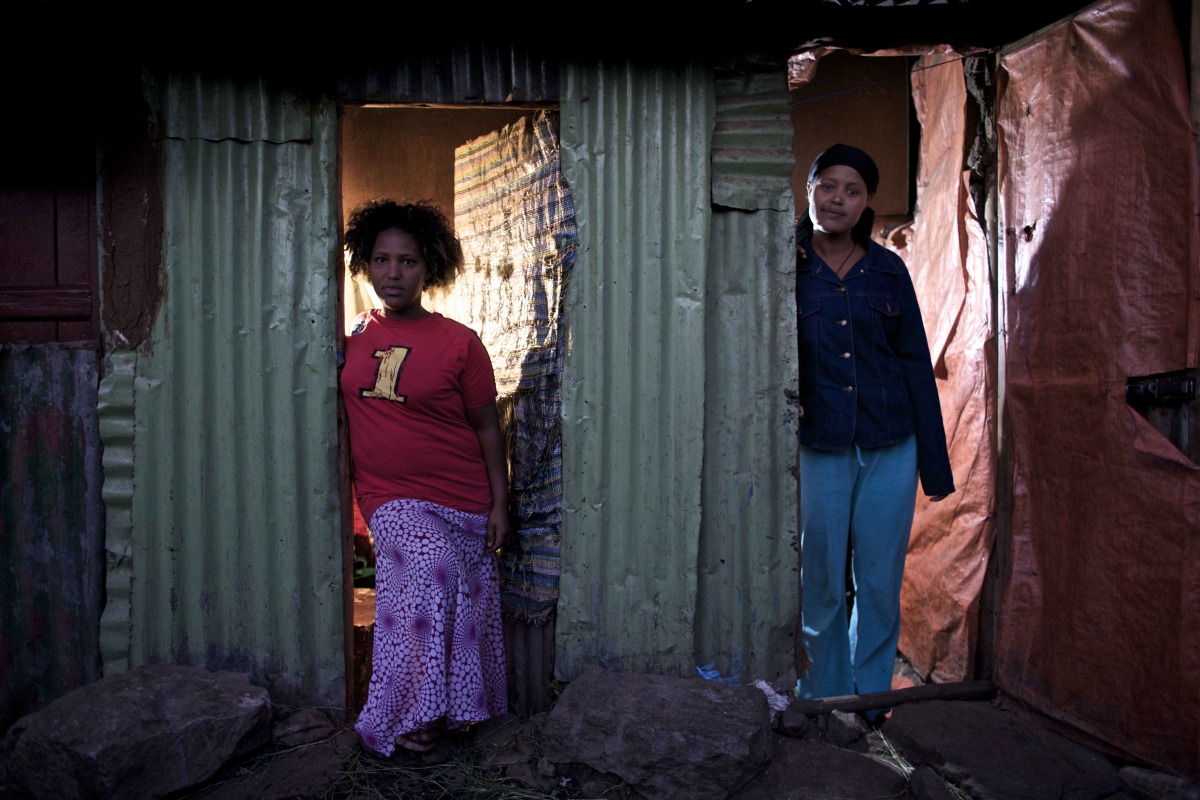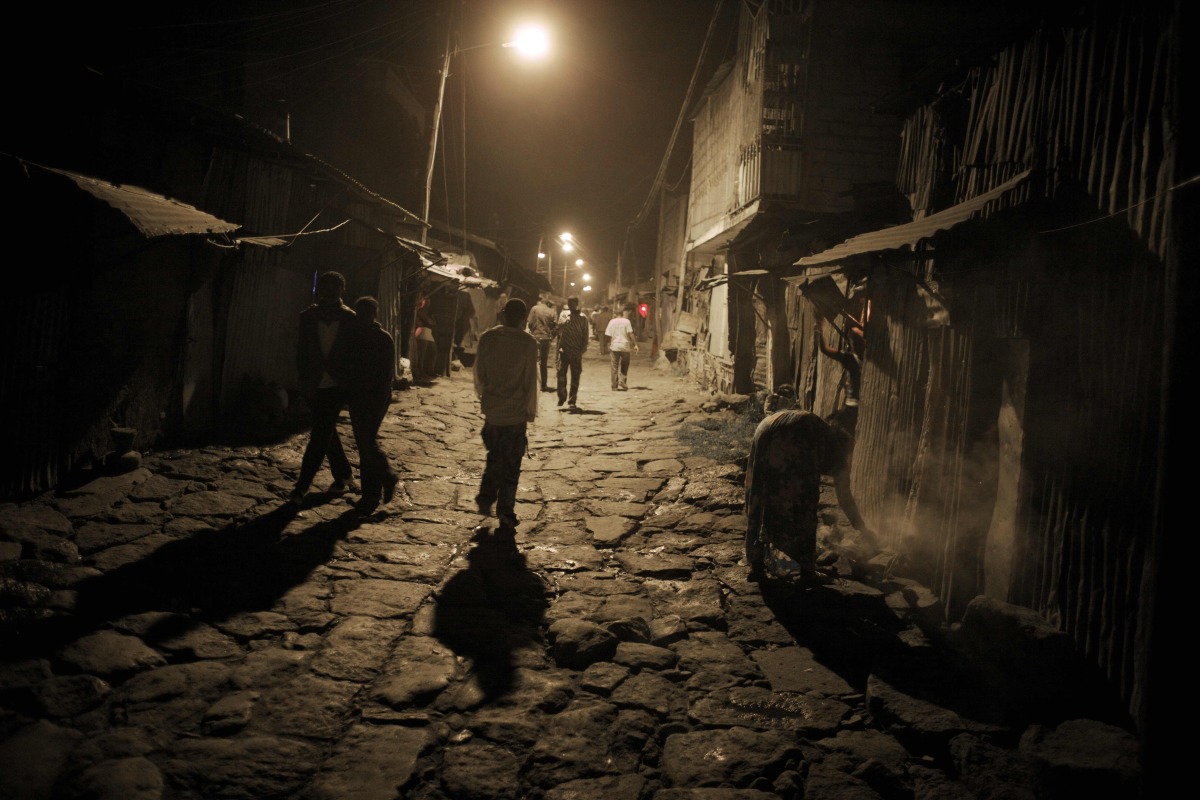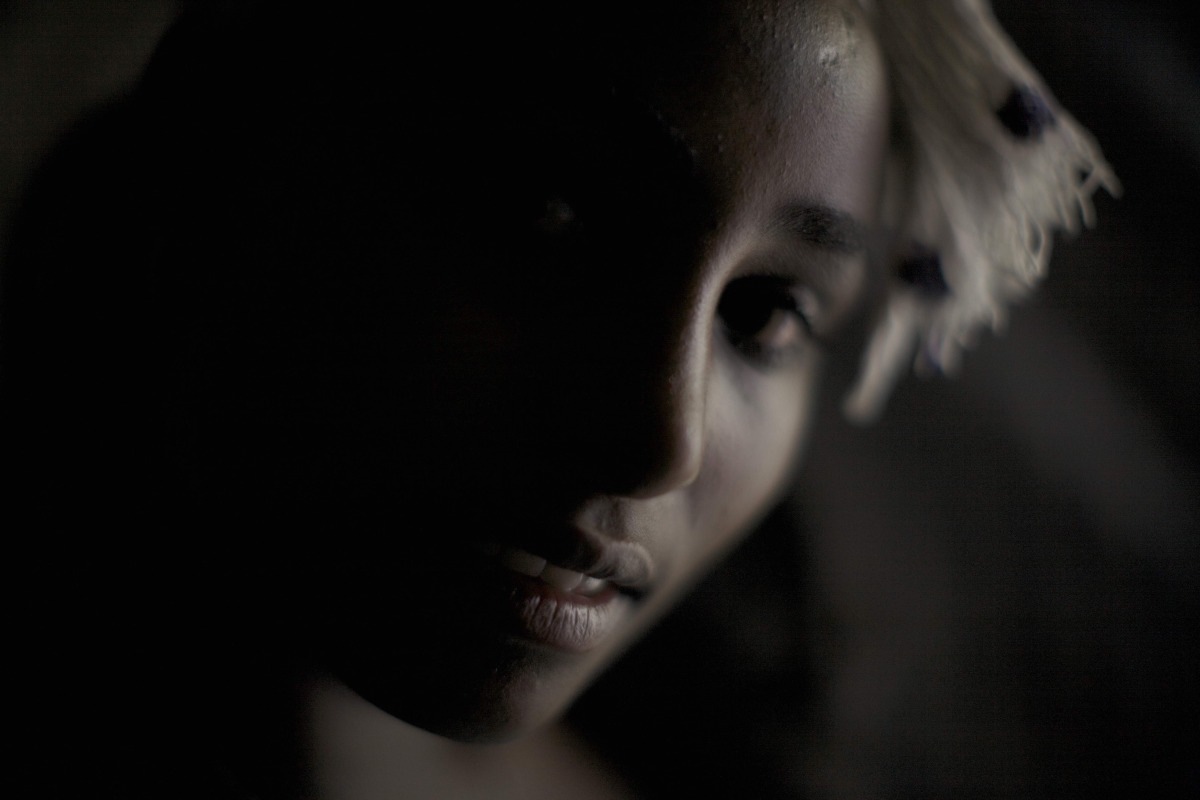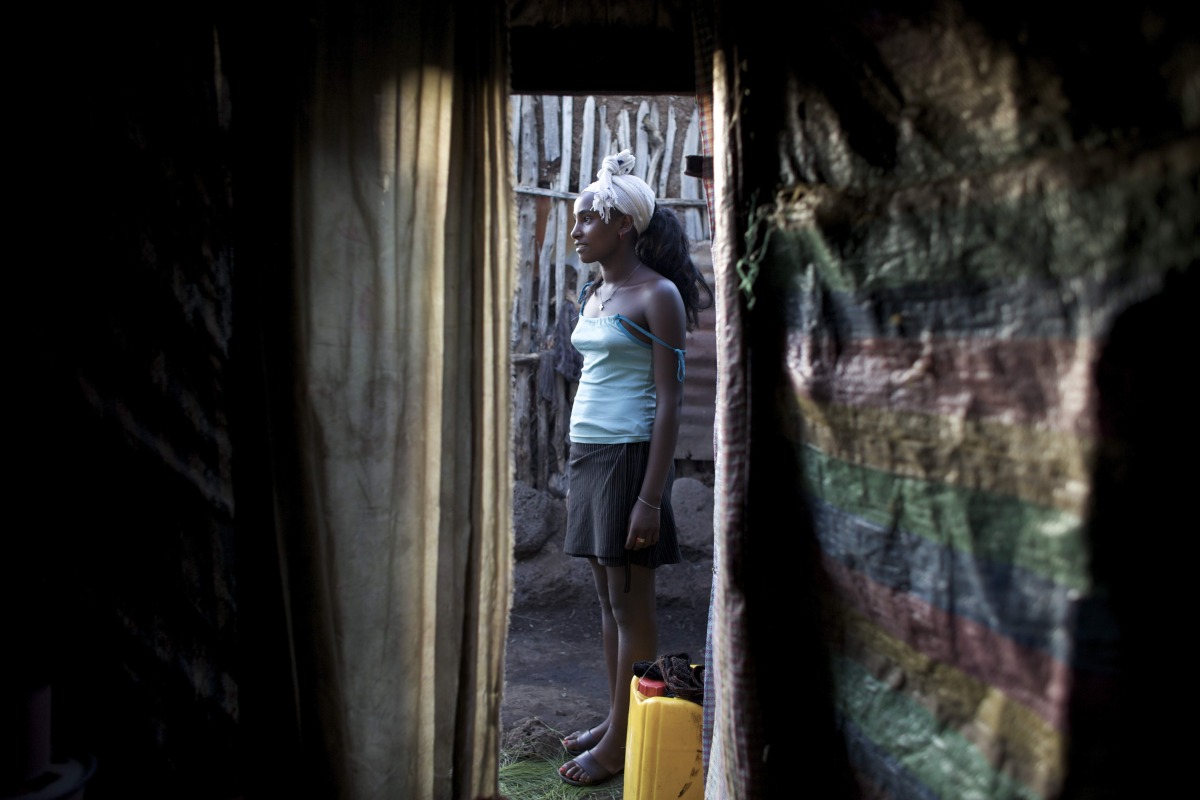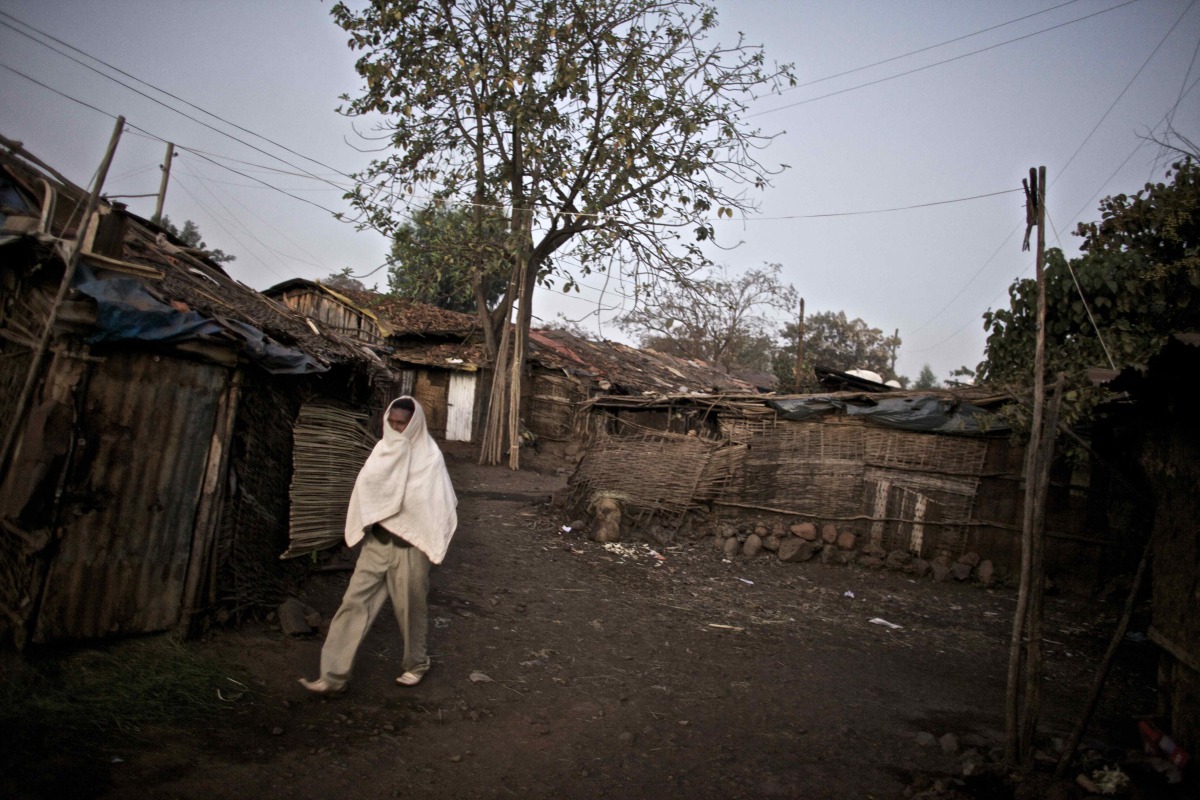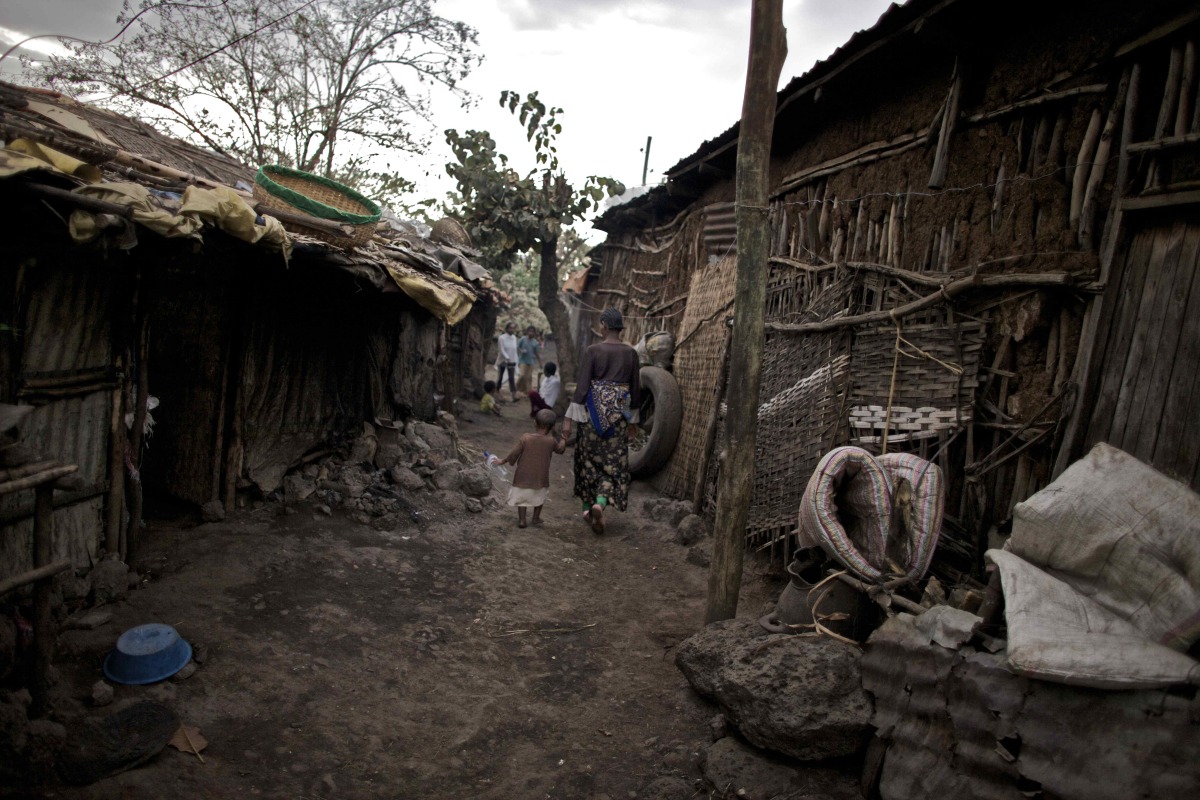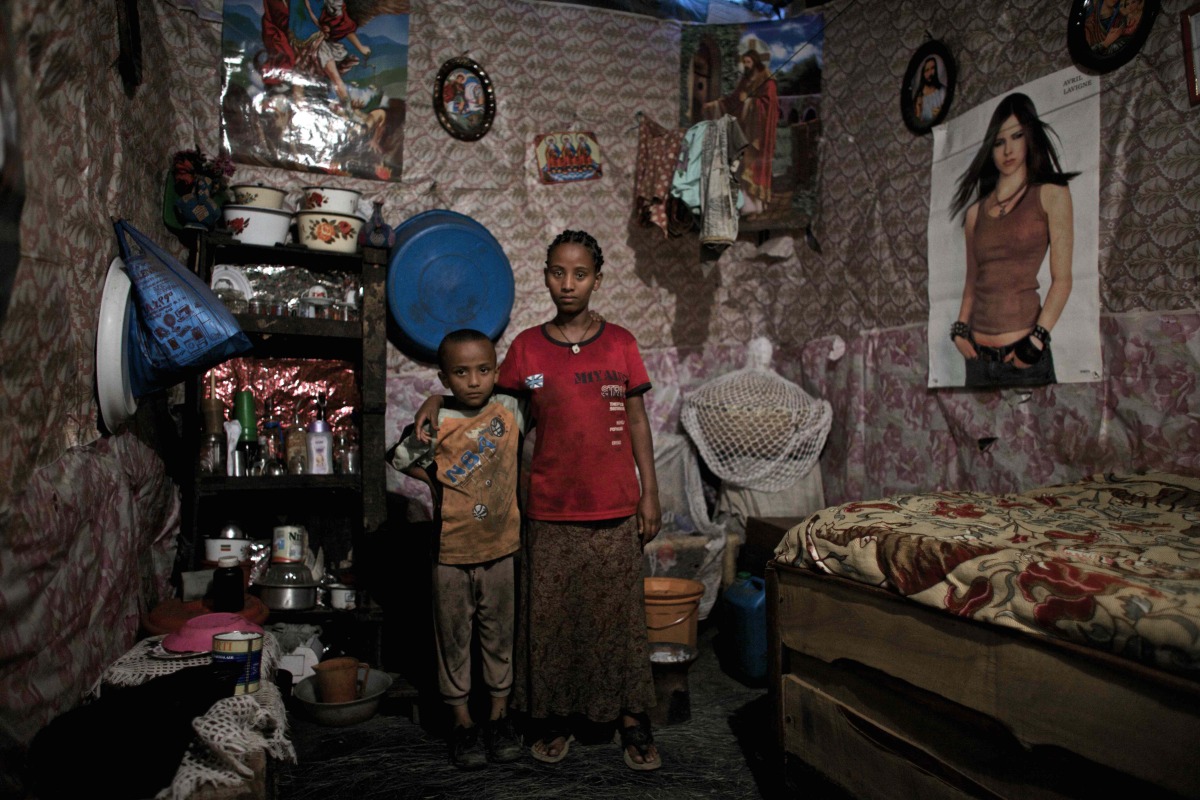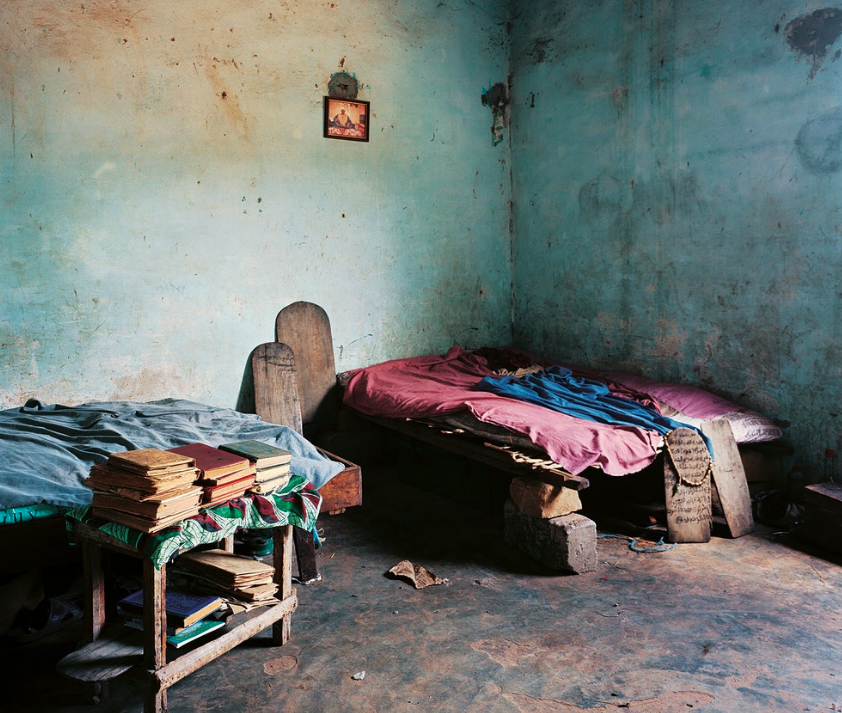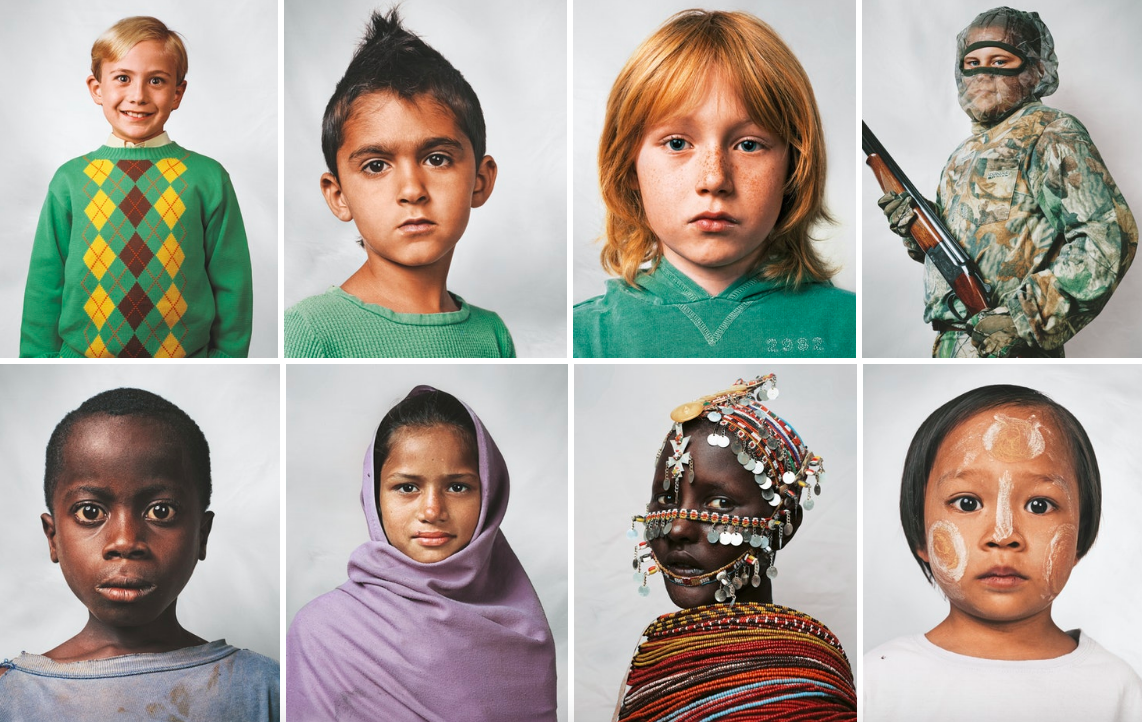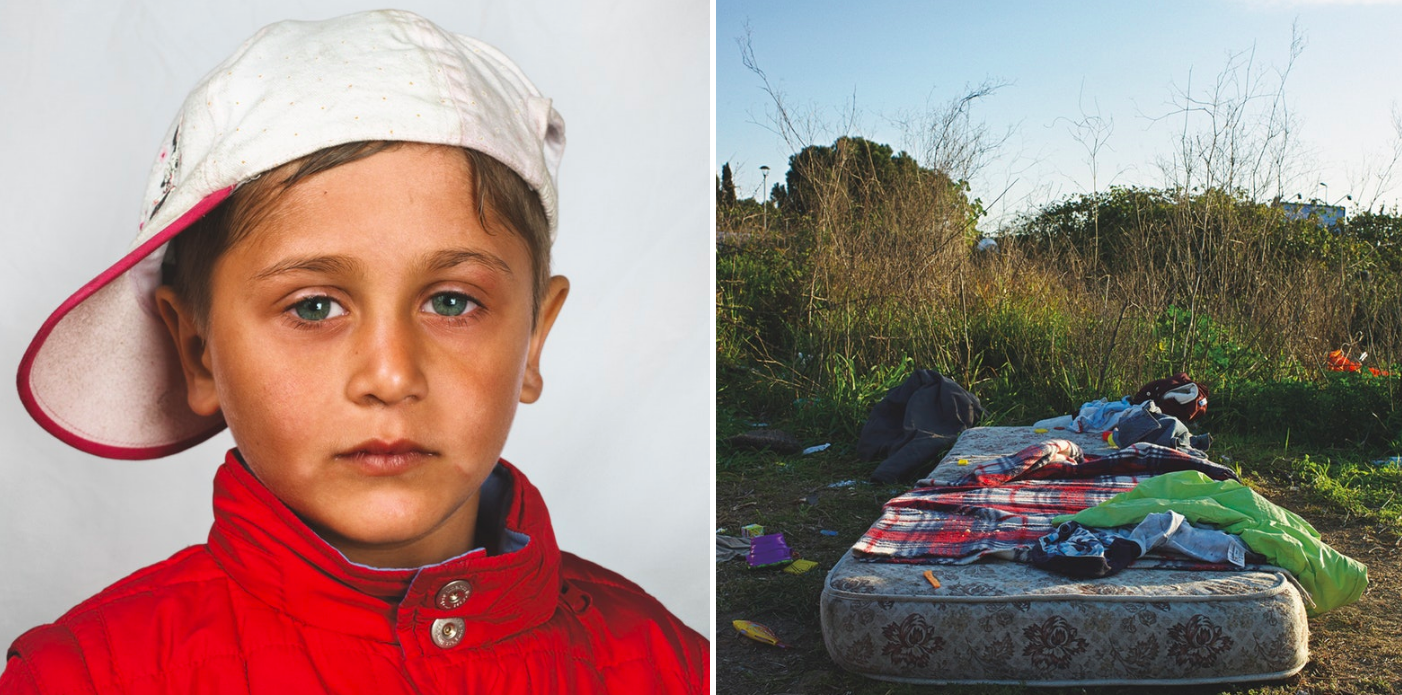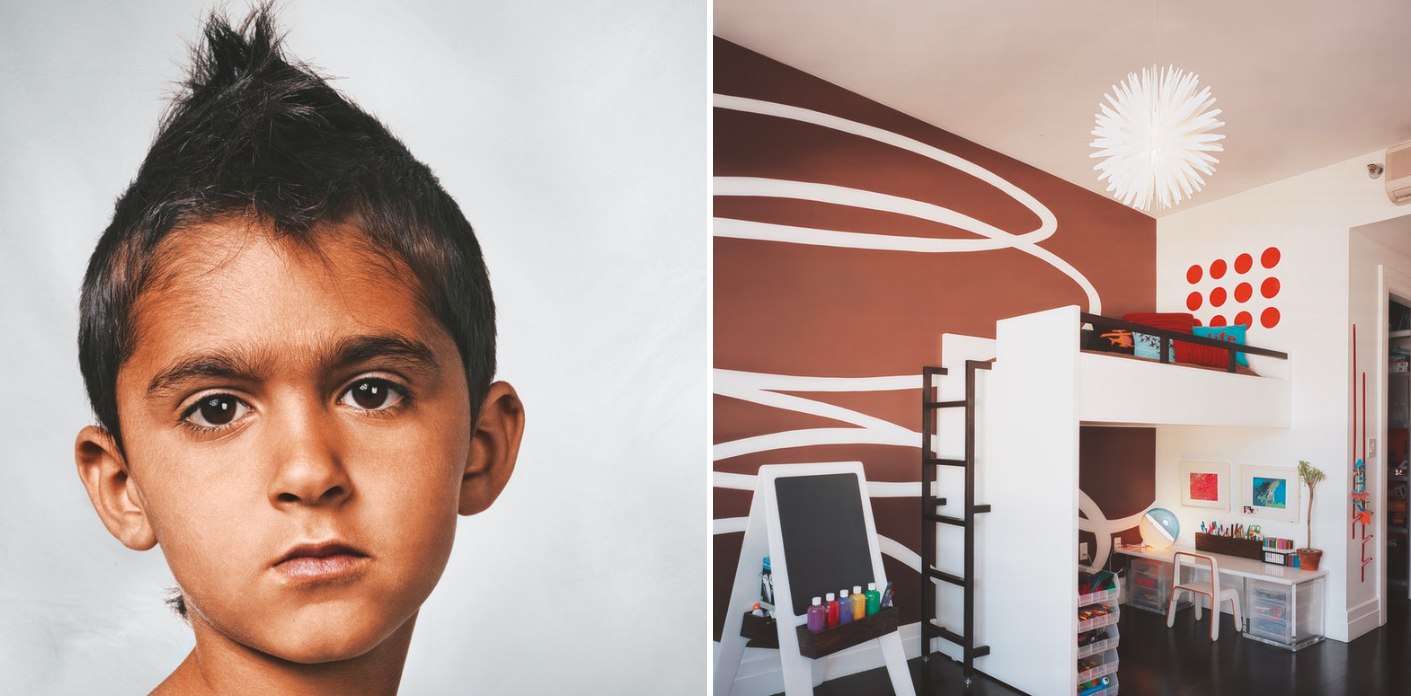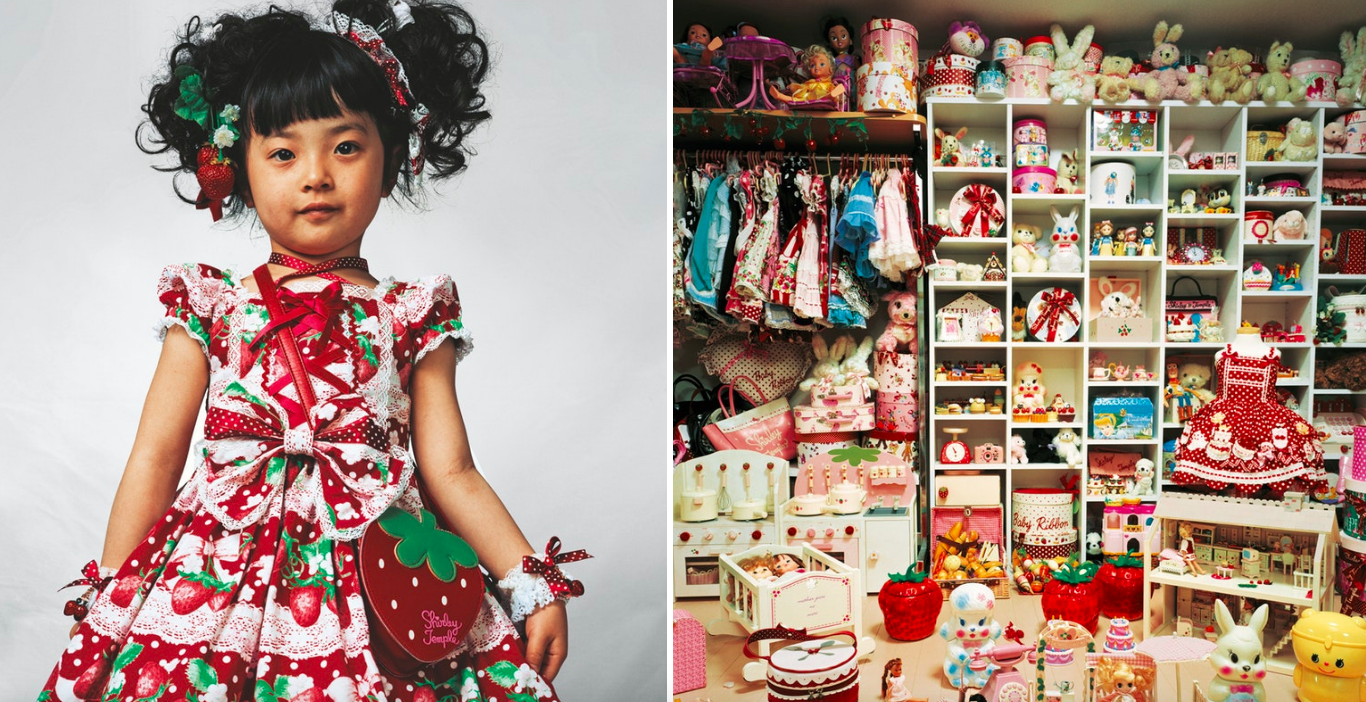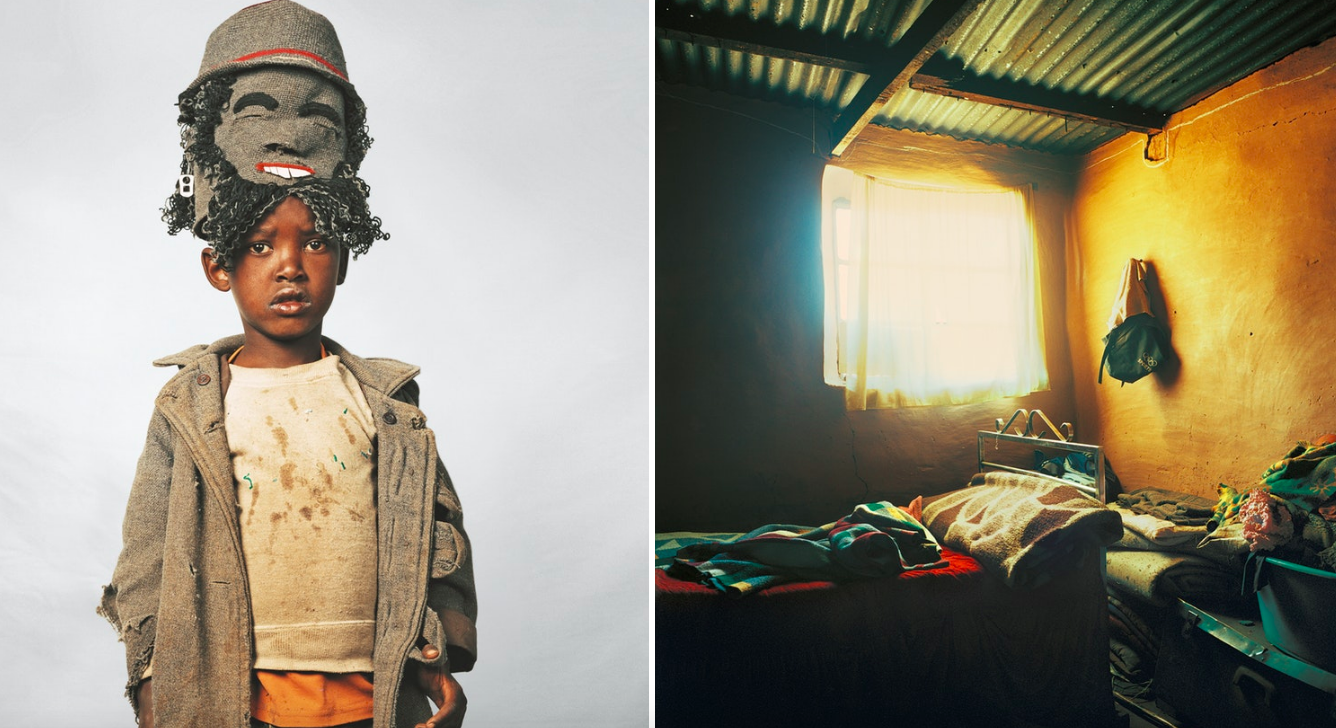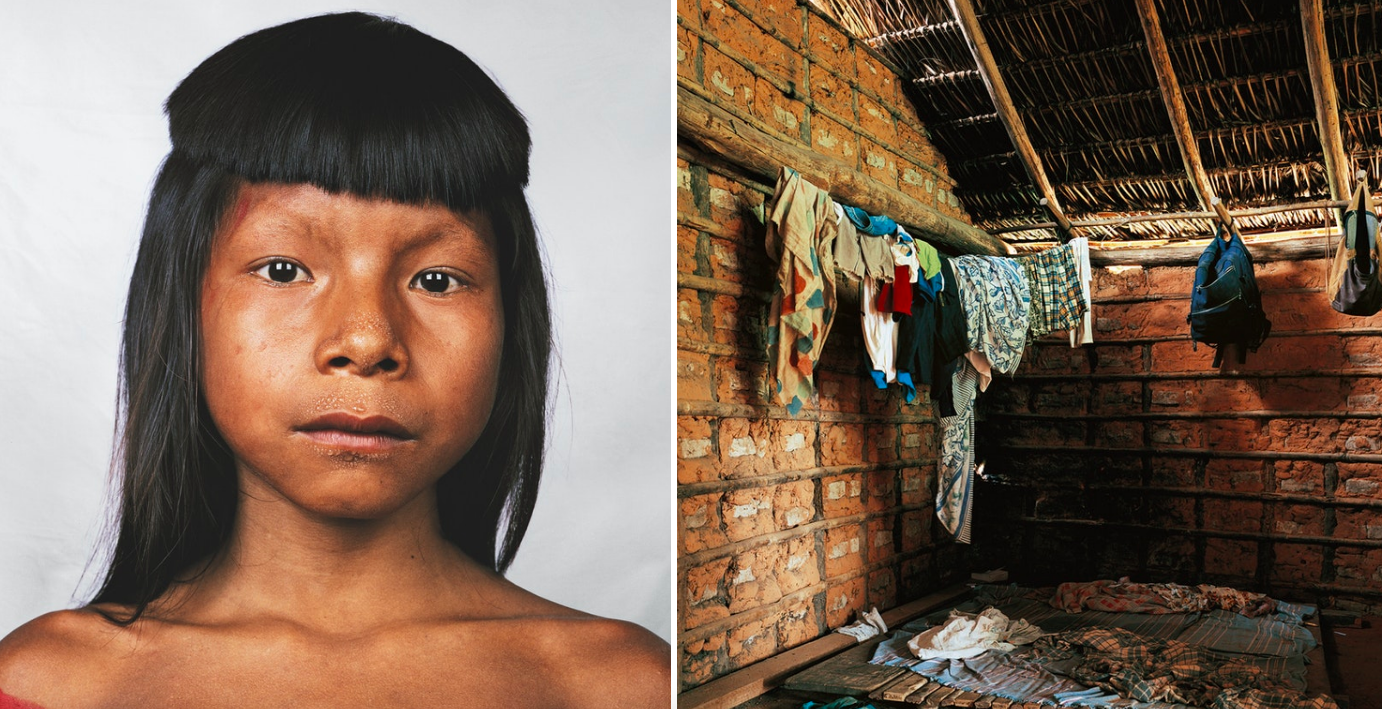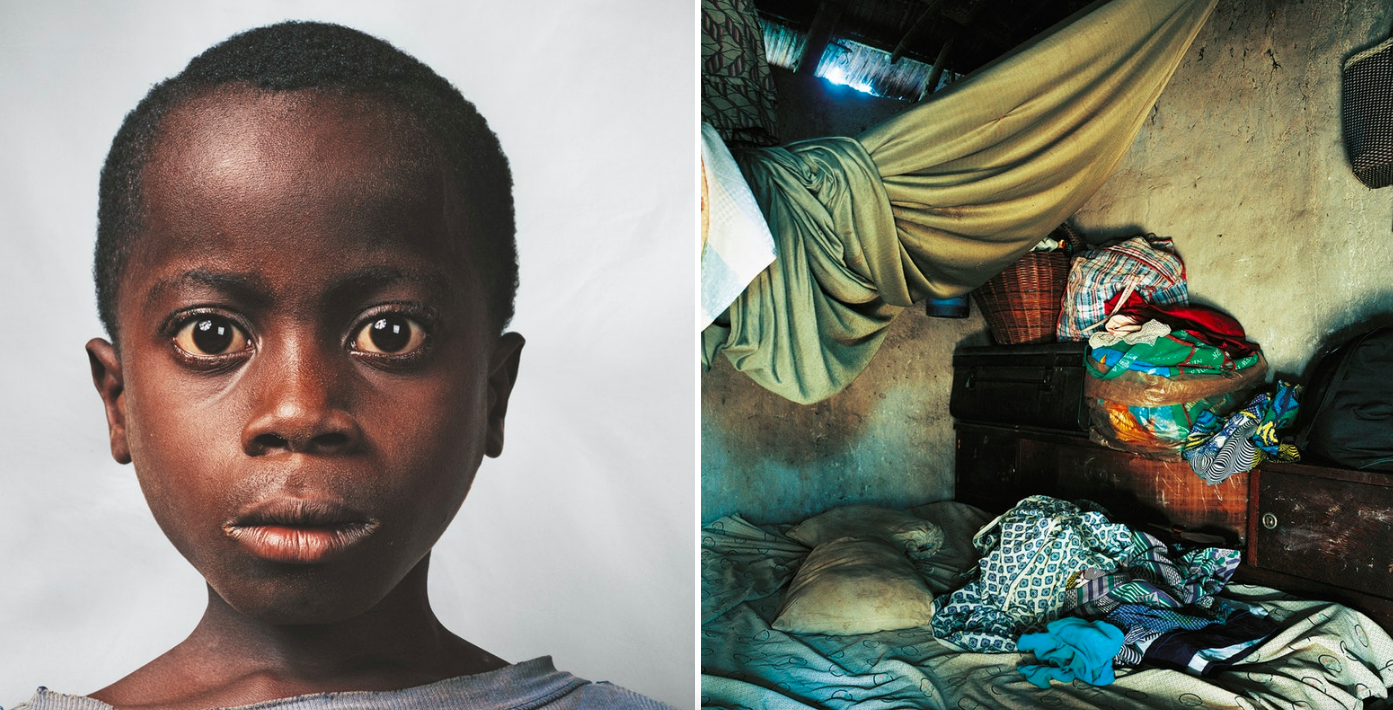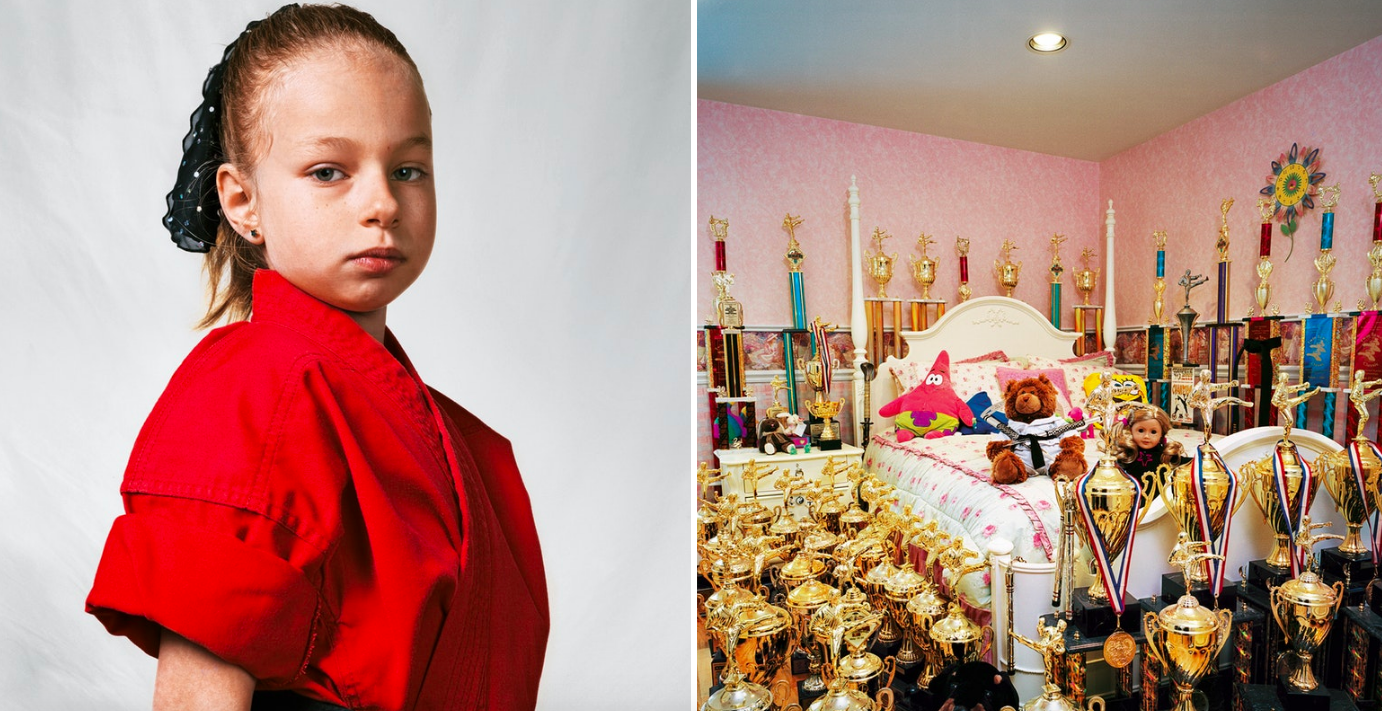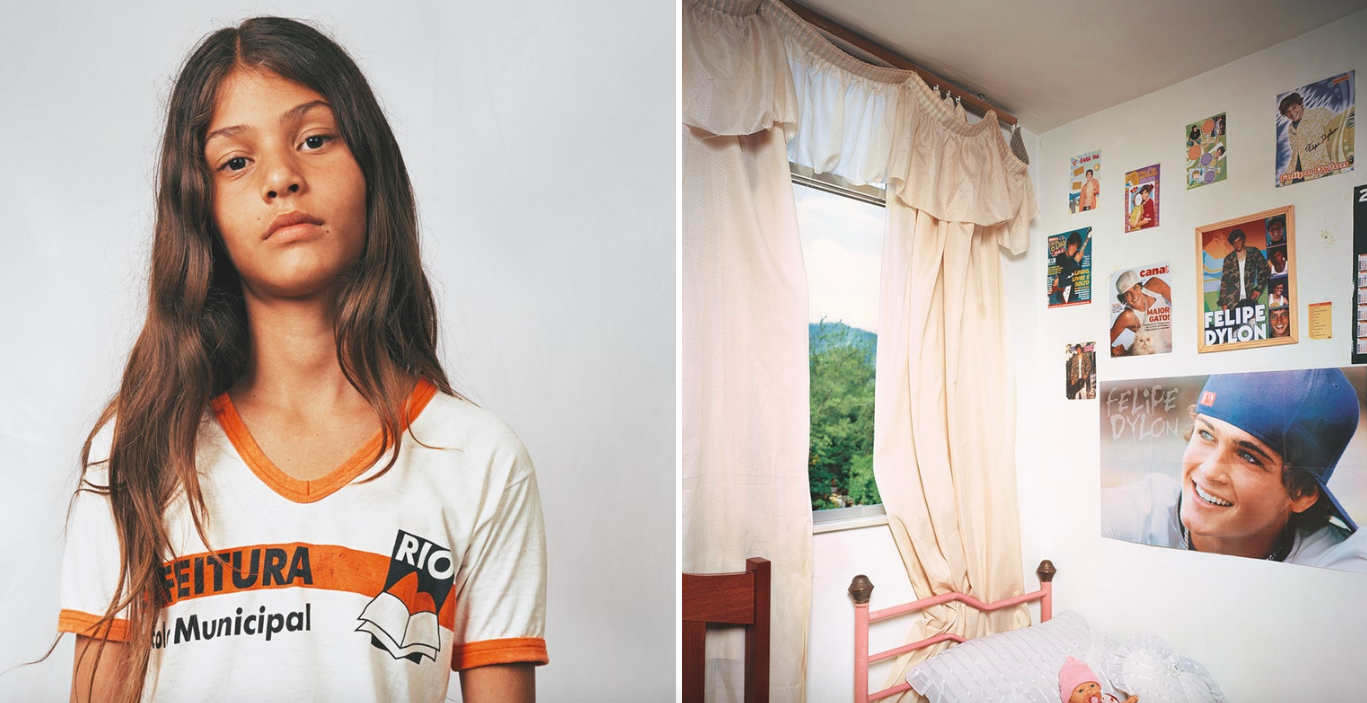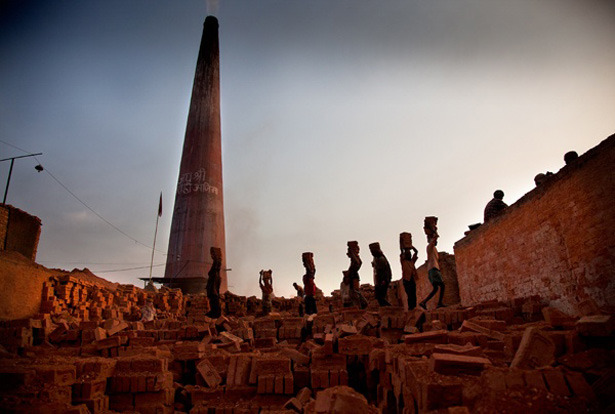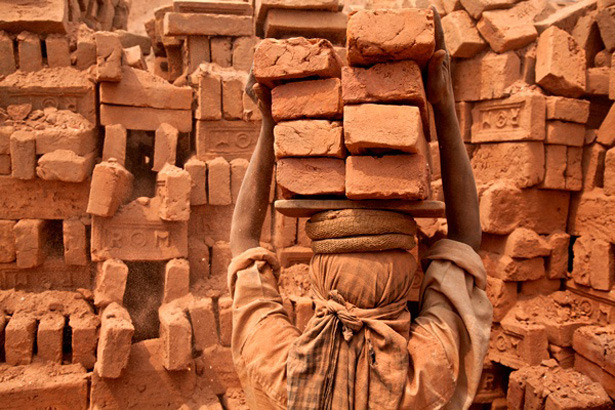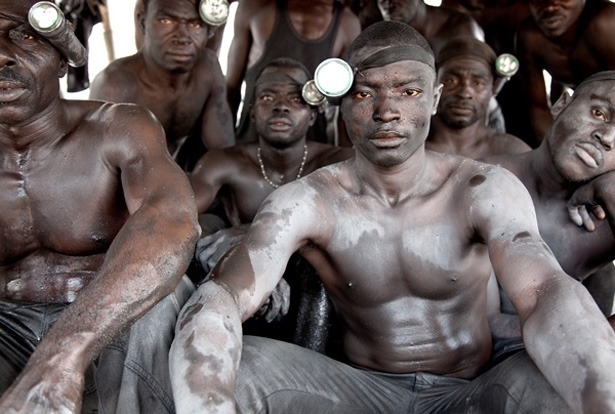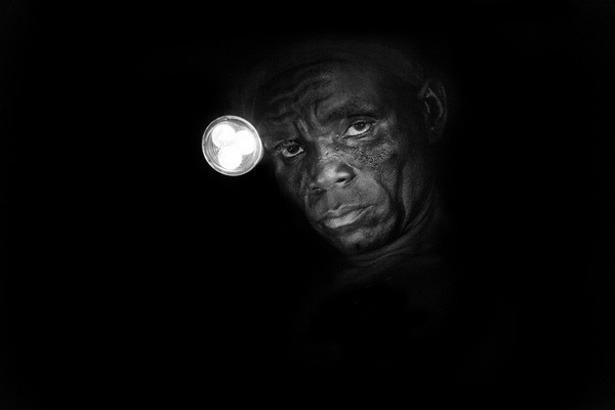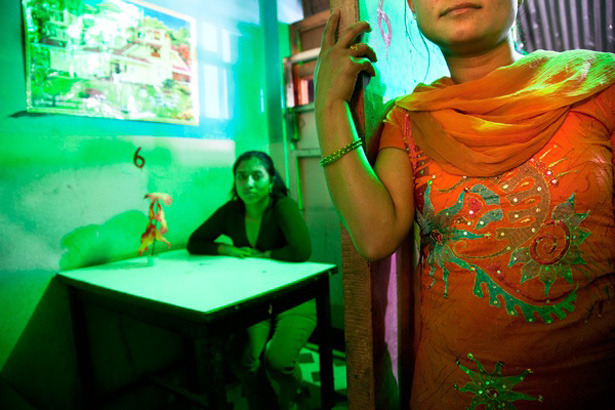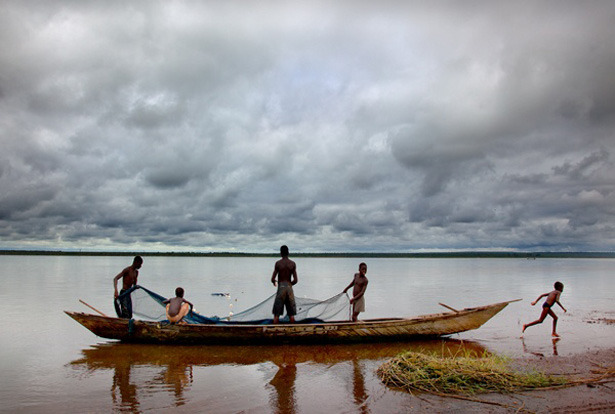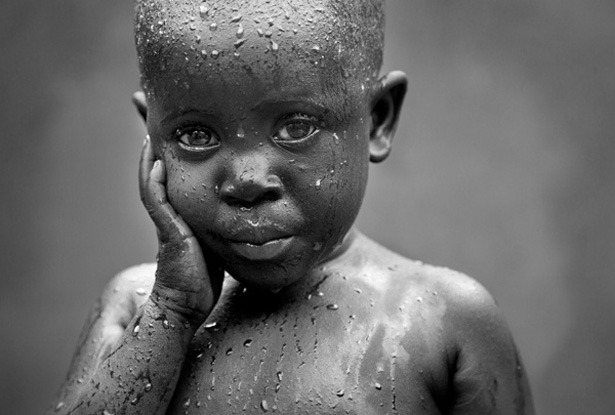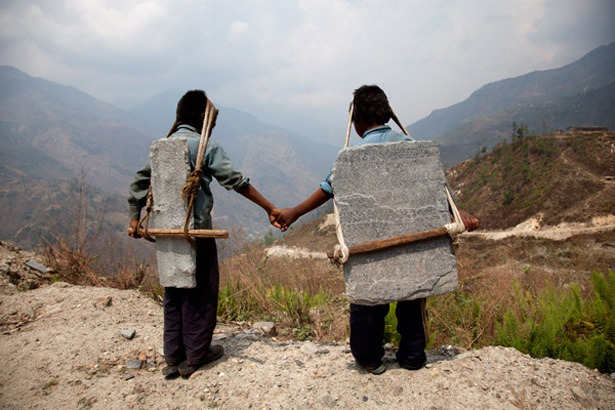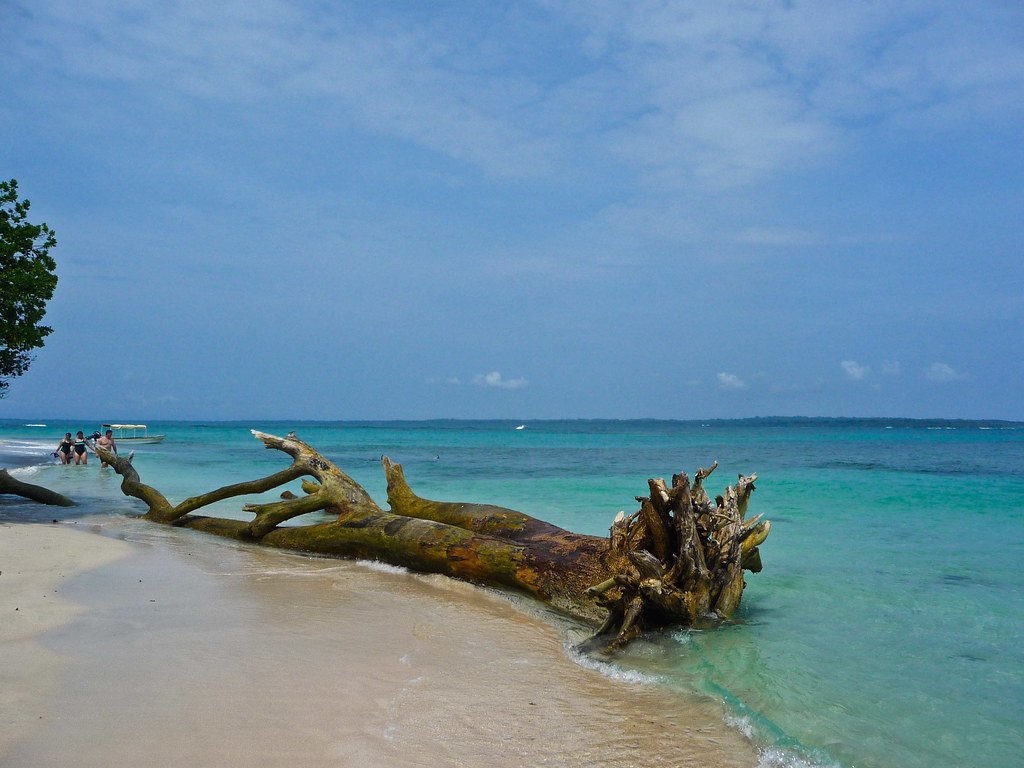Coffee is enjoyed in every corner of the globe. The caffeinated beverage, which is made using beans grown best in the tropics, is enjoyed on its own or as a starting point to make an endless number of lattes, cappuccinos, cocktails, smoothies, desserts and other foods and beverages.
While most in the West are familiar with the quick caffeine fixes afforded by Starbucks and Dunkin’, countries around the world maintain their own unique coffees which can be made with a handful of ingredients, a little bit of time and the curiosity to try something new. Here are seven coffee beverages from around the world that can be made in your own kitchen.
1. Flat White - Australia
A basic flat white. Katherine Lim. CC BY 2.0.
The flat white, sometimes known as the wet cappuccino, is Australia’s favorite caffeinated beverage. The drink has gained global recognition in recent years, with Starbucks adding the drink to its United States menu in 2015. What distinguishes the flat white from a traditional latte is the ratio of milk to espresso—flat whites have less steamed milk than lattes, which yields a more complex coffee flavor in the drink.
Ingredients:
Double shot of espresso
4 ounces of your milk of choice
Espresso machine with a steam wand
Steaming pitcher
6-ounce mug, warmed
Steps:
Brew your espresso shot. You can place your 6-ounce mug directly under the filter head of your espresso machine so the espresso can be brewed directly into the cup.
Pour your milk of choice into the steaming pitcher and froth it with the steam wand.
Pour your steamed milk slowly into the center of the 6-ounce mug, directly onto the espresso. Latte art is optional.
2. Ca Phe Sua Da - Vietnam
Three cups of ca phe sua da, known in English as Vietnamese iced coffee. Alpha. CC BY-NC-SA 2.0.
Ca phe sua da, commonly known in English as Vietnamese iced coffee, is a popular beverage in the world’s second-largest producer of coffee beans. This treat is traditionally made with robusta beans, which have a deeper, more dynamic flavor than their Arabica counterparts, in a phin filter, which is a slow-drip brewing method popular in Vietnam. Ca phe sua da is a sweet, highly caffeinated and refreshing beverage best shared with friends and family.
Ingredients:
2 tablespoons of ground coffee (robusta beans sourced from Vietnam are best, but you can also use your favorite blend)
2 tablespoons of sweetened condensed milk
1 cup of boiling water
Phin filter (if you don’t have a phin, you can steep your coffee grounds with 2/3 cup of boiling water in a heatproof container for 4 minutes)
Steps:
Remove the top screen from your phin, add the coffee grounds and screw back on the top screen. Place your phin on top of a glass cup or measuring cup.
Pour a splash of boiling water into the phin filter and let sit. Once the coffee begins to drip through the filter into the glass, add in enough of your remaining water to reach the top of the phin. Place the lid back on the phin and let the coffee drip for approximately 4 minutes.
Stir in the sweetened condensed milk until thoroughly blended, and serve with ice.
3. Affogato - Italy
Two classic affogatos. Jen. CC BY 2.0.
Affogato is a deliciously simple dessert popular throughout Italy. The sundae combines the sweetness of vanilla gelato with the bold and nutty flavors of espresso to create a refreshing dessert perfect for enjoying on a warm summer night. If you’re worried about having caffeine late at night but want to still enjoy an affogato, try using decaf beans for your espresso.
Ingredients:
1 scoop of vanilla gelato
Double shot of espresso
Chilled bowl
Steps:
Place the scoop of gelato into your chilled bowl. Make sure the bowl is big enough to fit both your gelato and espresso.
Pour your espresso over the gelato quickly to ensure minimal melting.
Enjoy your affogato on its own or topped with whipped cream, fresh fruit or nuts.
4. Cafe de Olla - Mexico
Ingredients to make cafe de olla. Susannah Anderson. CC BY-NC-ND 2.0.
Translated in English to mean “coffee from a pot,” cafe de olla is a coffee drink popular throughout Mexico made traditionally in a small earthen clay pot, which gives the drink its distinct, hearty flavor. However, the drink can also be made in a small saucepan. Commonly enjoyed in rural regions with cold climates, cafe de olla is the perfect drink to enjoy on a cold winter day.
Ingredients:
8 cups of cold water
3 piloncillo cones, or 1/3 cup of dark brown sugar
1 cinnamon stick
8 tablespoons of coarsely ground Mexican coffee
1 saucepan
Ladle
Steps:
In your saucepan, add the water, cinnamon stick, and either your piloncillo cones or dark brown sugar.
Bring the water mixture to a boil and let the sugar dissolve fully before removing the saucepan from the heat and adding in the coffee grounds. Let your coffee steep for 8-10 minutes.
Using your ladle, serve the cafe de olla immediately.
5. Cafe Touba - Senegal
A vendor selling cafe touba. George D. Manta. CC BY-SA 4.0.
Popular throughout West Africa, cafe touba is a spiced coffee drink named after the Senegalese city of the same name. What distinguishes the beverage from other types of spiced coffee is that cafe touba is brewed using a powder made by combining coffee beans with selim pepper grains, an aromatic spice commonly used throughout West Africa. The drink is a great source of antioxidants, helps with digestion and has antidepressant properties.
Ingredients:
1 tablespoon of coffee beans
1/2 teaspoon of selim pepper grains
1 cup of cold water
Coffee grinder
Small saucepan
Single cup pour-over coffee maker with a filter
Steps:
Heat your saucepan over medium heat and add in the selim pepper grains. Roast the grains in the pan for a few minutes until they become aromatic, but not burnt.
Add the pepper grains and coffee beans to a grinder and grind together until the mixture has a coarse texture.
Add your mixture to the cold water in the saucepan. Bring to a boil and let simmer for 5 minutes.
Pour your mixture into the filtered pour-over coffee maker and let drip through fully before serving.
6. Cafezinho - Brazil
A mug with cafezinho. Ricardo. CC BY-NC-SA 2.0.
Synonymous with hospitality throughout Brazil, cafezinho is served throughout the country as a way to welcome folks and invite them in for conversation, whether that be at home, in the workplace or out and about. The drink is much thicker than traditionally brewed coffee, has stronger caffeination than pure espresso, and is naturally sweet and creamy. Invite some friends and family over to share cups of cafezinho with good conversation.
Ingredients:
3/4 cups of cold water
1 heaping tablespoon of espresso-ground coffee beans
1 teaspoon of sugar
Small saucepan
Paper coffee filter
Steps:
Add water and sugar to your small saucepan and heat until the mixture is just about to boil.
Mix in your coffee grounds, remove the saucepan from heat and stir thoroughly.
Pour your coffee mixture into the filter over an espresso cup and allow the drink to drip through the filter completely.
7. Qahwa - Saudi Arabia
Cardamom pods, which are a key ingredient in qahwa. Etienne. CC BY-NC-ND 2.0.
Qahwa is a traditional Arabic coffee drink most popular in Saudi Arabia. The yellow beverage is unique from other coffees in that it is made using green coffee beans, which yields a weaker brew, and cardamom, an ingredient which gives the drink its iconic color. This low-caffeine beverage is delicious on its own or mixed with saffron, rosewater or cinnamon.
Ingredients:
1 tablespoon of coarsely ground green coffee beans
1 tablespoon of crushed cardamom pods
2 1/2 cups of water
Small saucepan
Coffee filter
Steps:
Bring water to a boil in the saucepan, and add in the coffee grounds. Let the mixture boil for 10 minutes.
Add in your crushed cardamom and continue to boil for 5 more minutes.
Remove the pot from heat and allow the grounds to settle completely at the bottom of the pan.
Filter the coffee into a teapot or mug for serving.
Jacob Sutherland
Jacob is a recent graduate from the University of California San Diego where he majored in Political Science and minored in Spanish Language Studies. He previously served as the News Editor for The UCSD Guardian, and hopes to shed light on social justice issues in his work.






